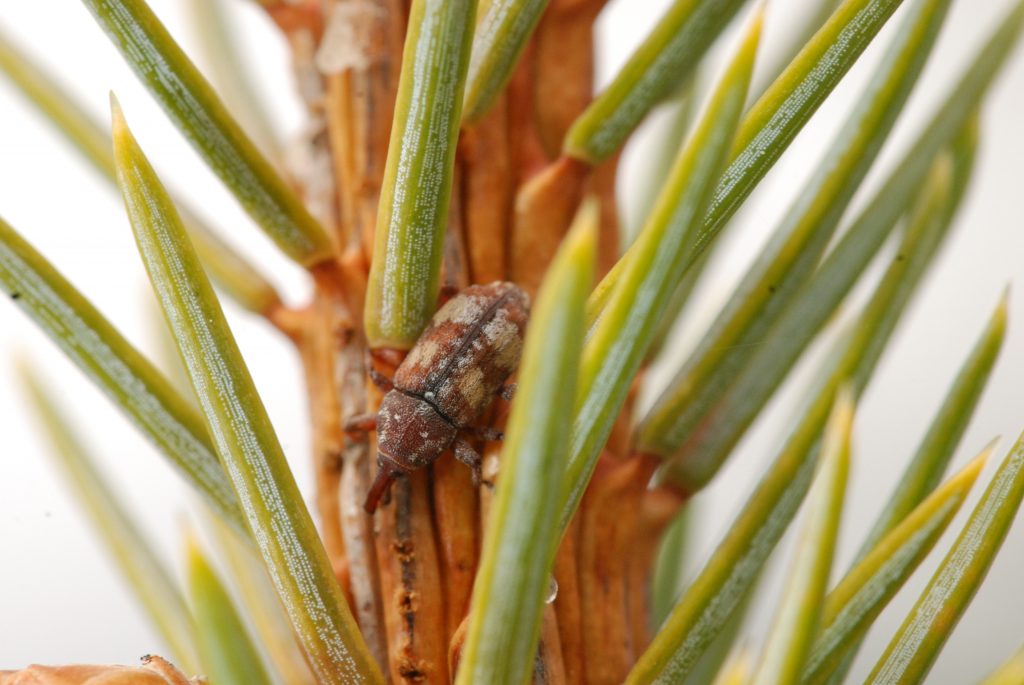Many factors affect ecosystem stability and productivity of Canada’s forests. Spruces, and other conifers, are affected by outbreaks of forest insect pests, which are increasing in frequency, duration and severity with climate change. The spruce weevil and eastern spruce budworm are among the top four high-priority pests listed by the Canadian Council of Forest Ministers. Aligned with national and provincial priorities, resistance of spruces against weevils and budworm are priorities of spruce breeding programs of our partner End-Users in British Columbia and Québec, respectively.

Given the economic and ecological costs associated with loss of forest inventory due to insect pests, and given the costs of reforestation, our project addresses a need to better protect the investments in planted forests by developing spruce stock with improved resistance. We are developing knowledge and tools on weevil and budworm resistance that will allow breeders to conduct more precise and cost-effective screens for resistance, advance and accelerate existing breeding programs, and inform potential applications for improved resistance to other forest insect pests.
Objectives
- Deliver genomics-informed knowledge of resistance traits of white spruce, interior spruce and Sitka spruce against weevil and spruce budworm, which are two high-priority insect pests in Canada, under current and changing climate.
- Develop and implement cost-effective functional biomarkers and genomic selection systems with partner End-Users to better predict insect resistance in breeding and natural spruce populations.